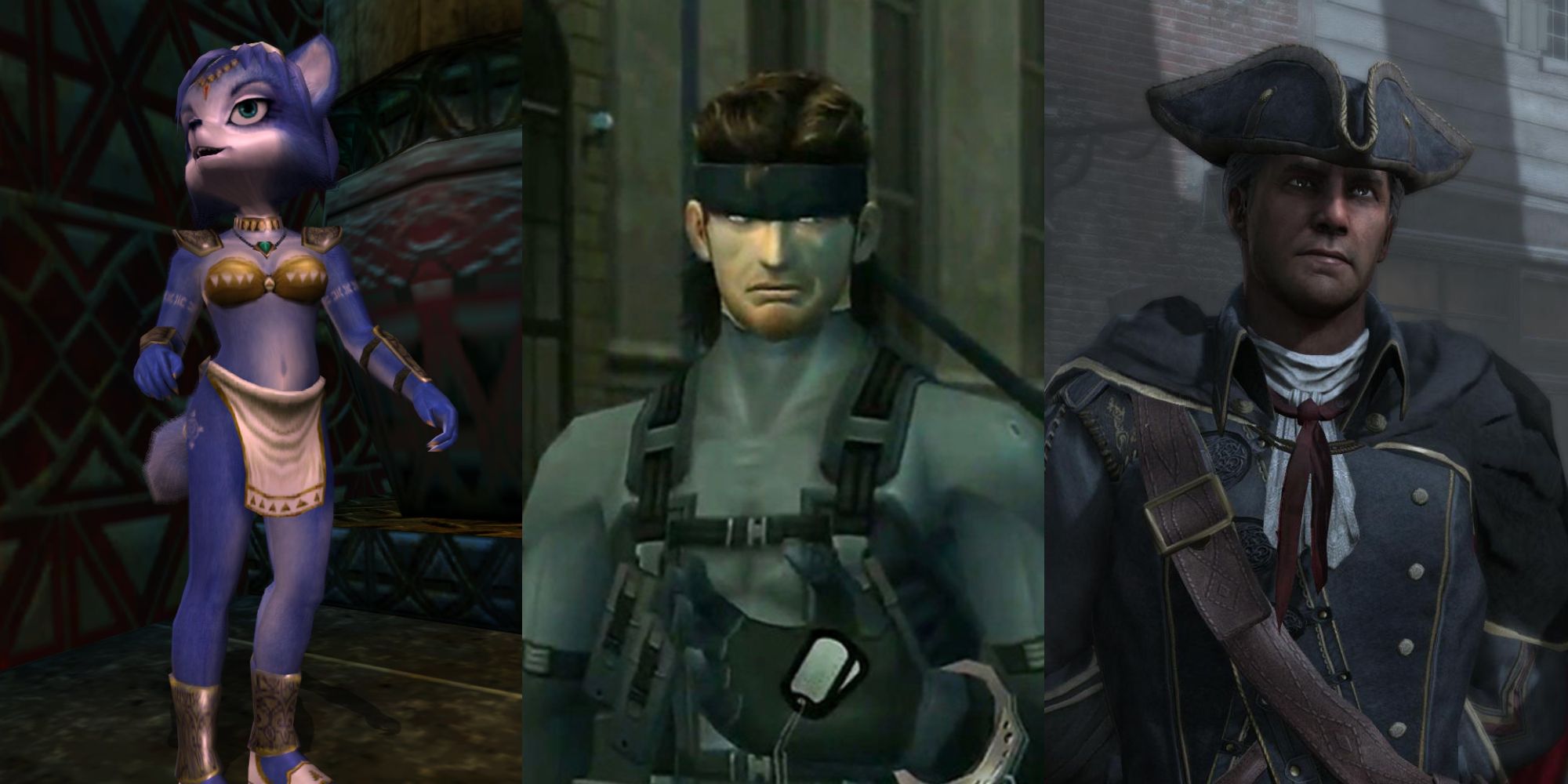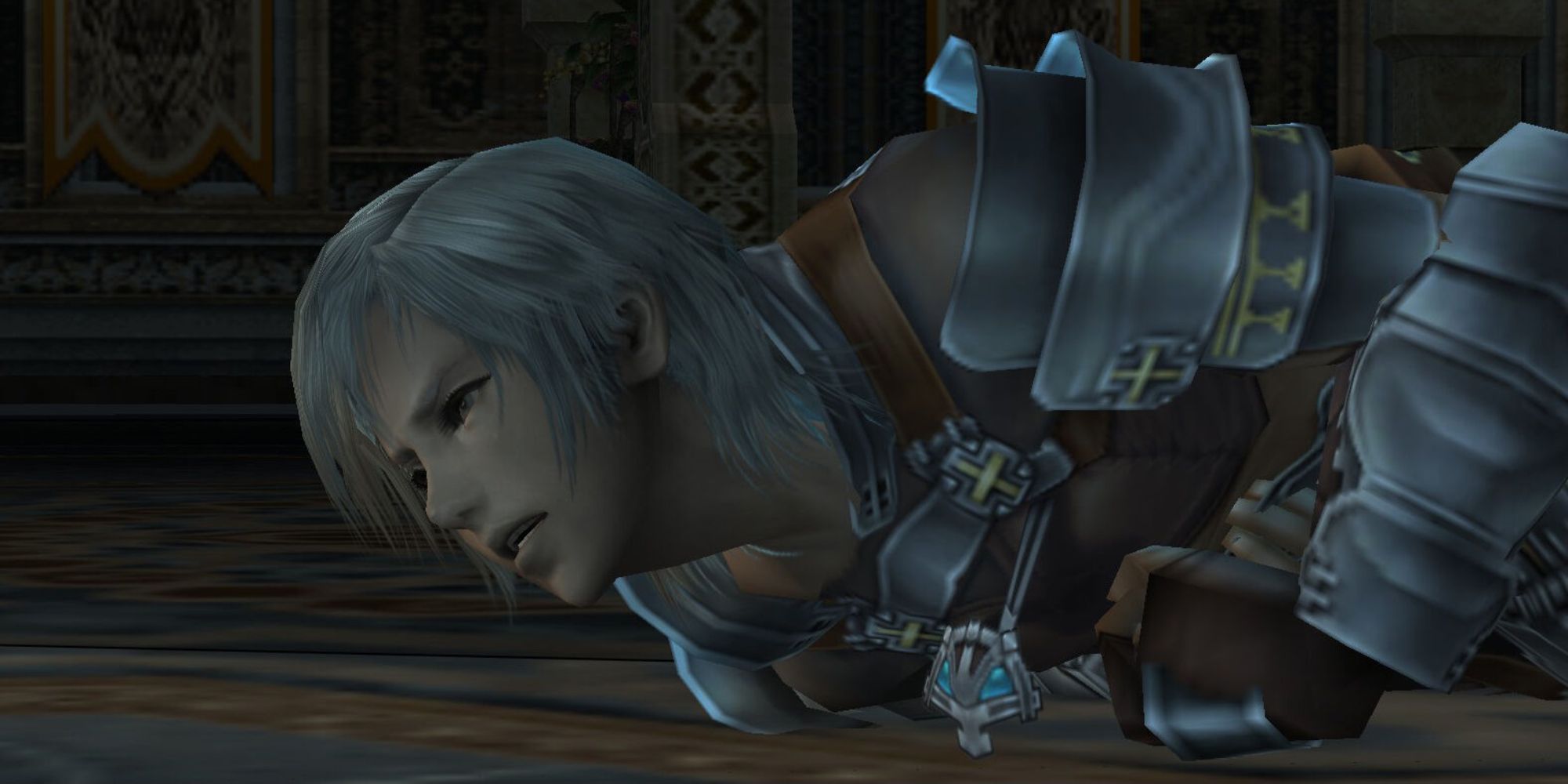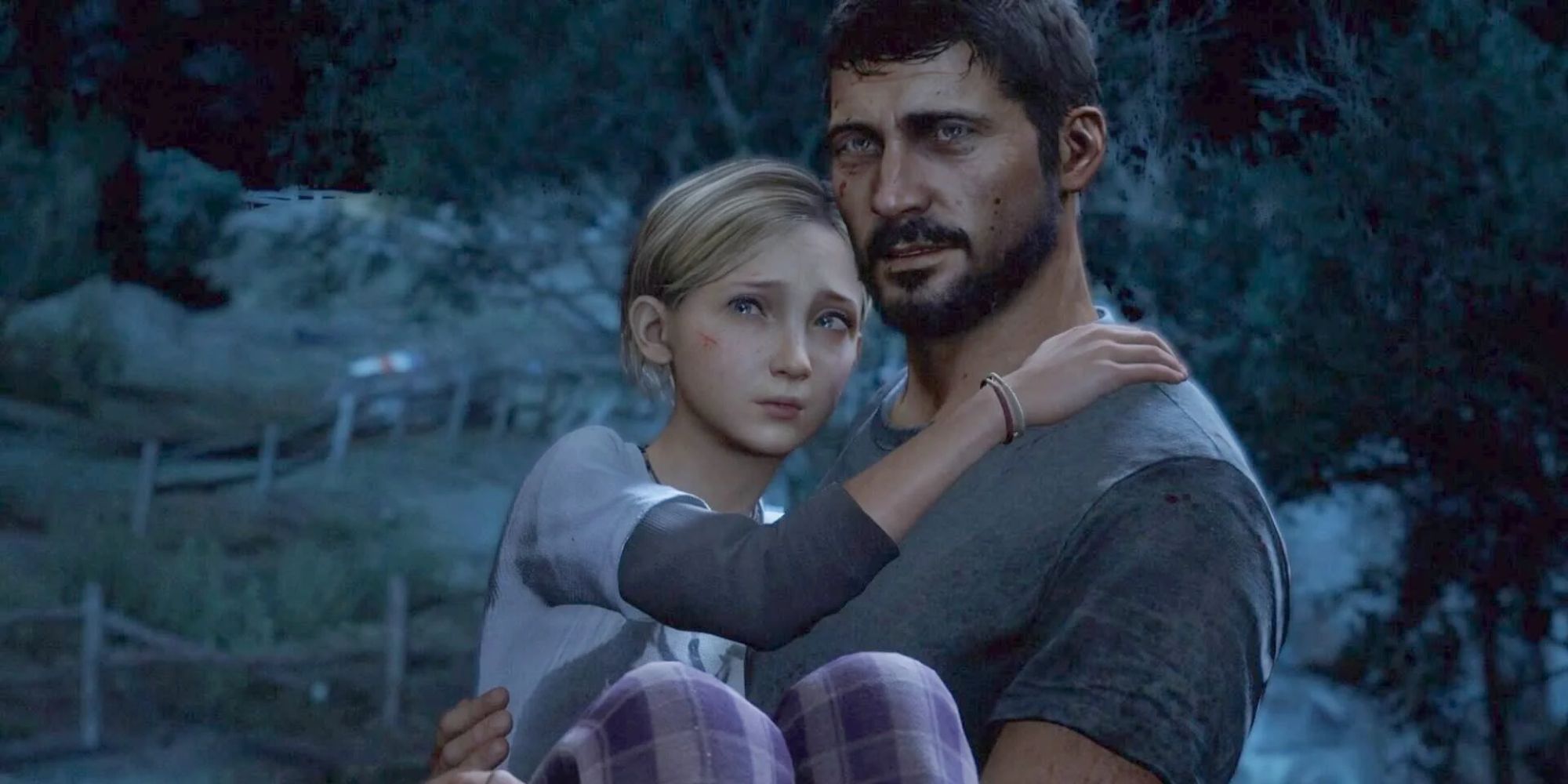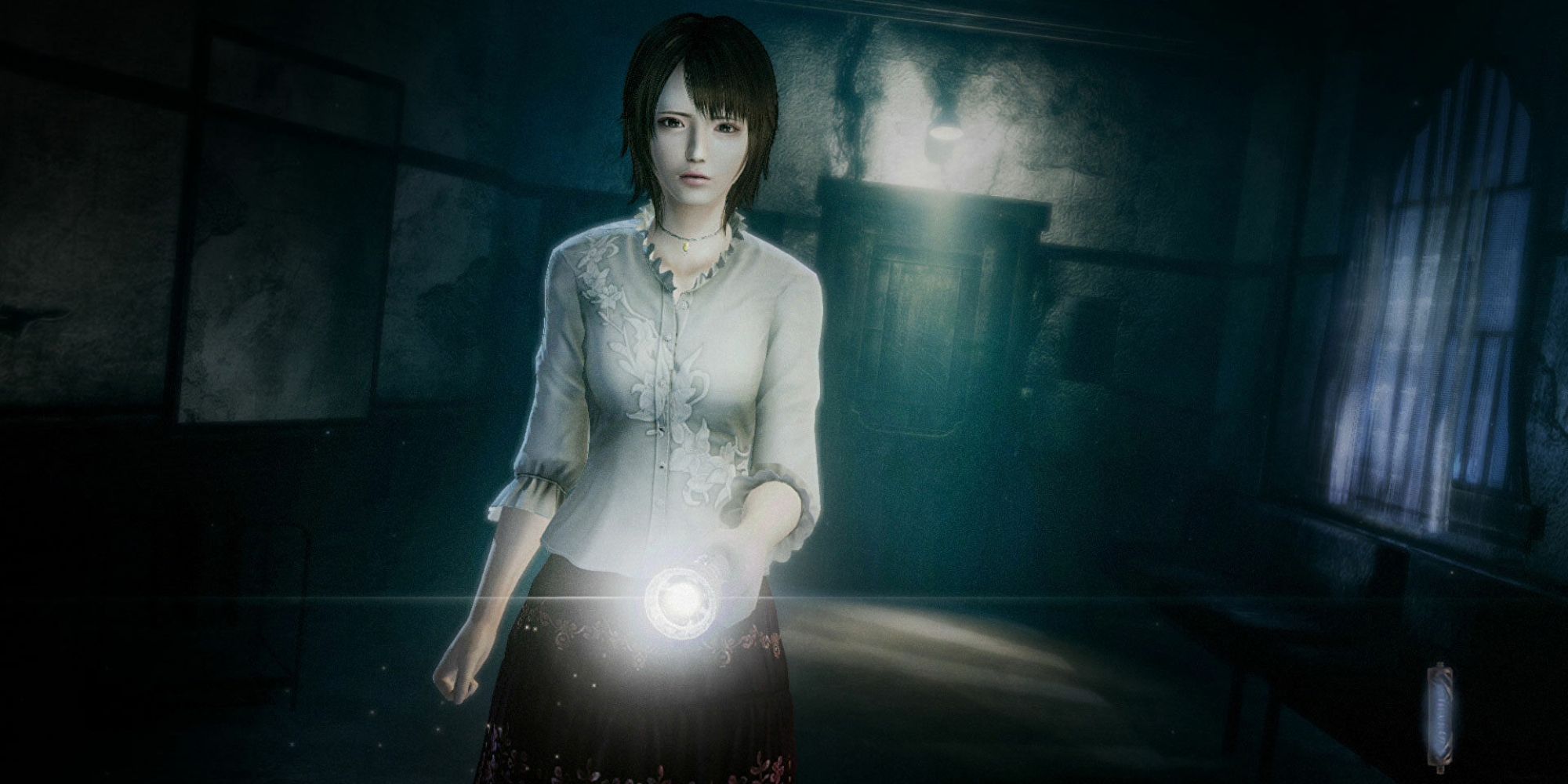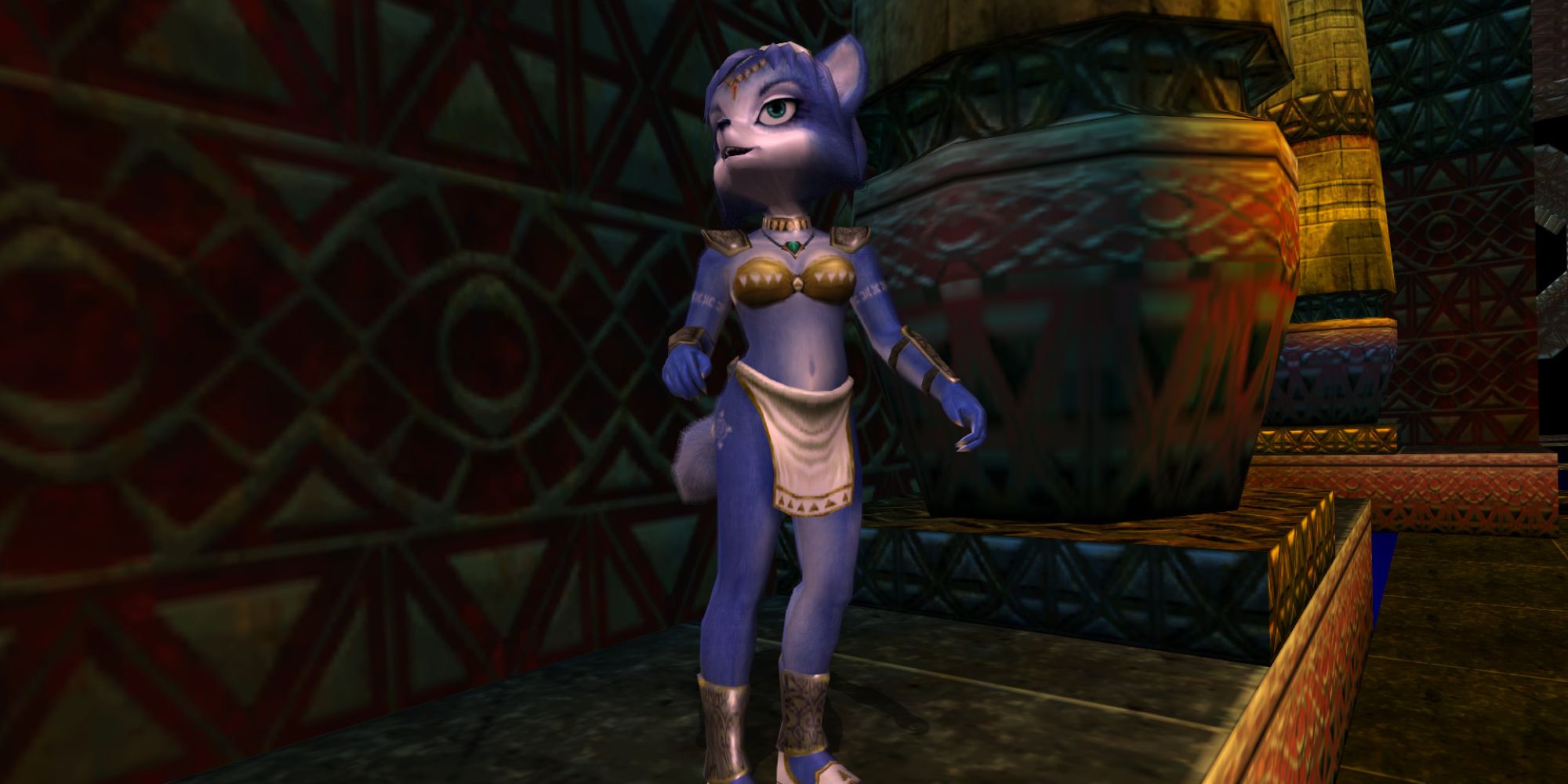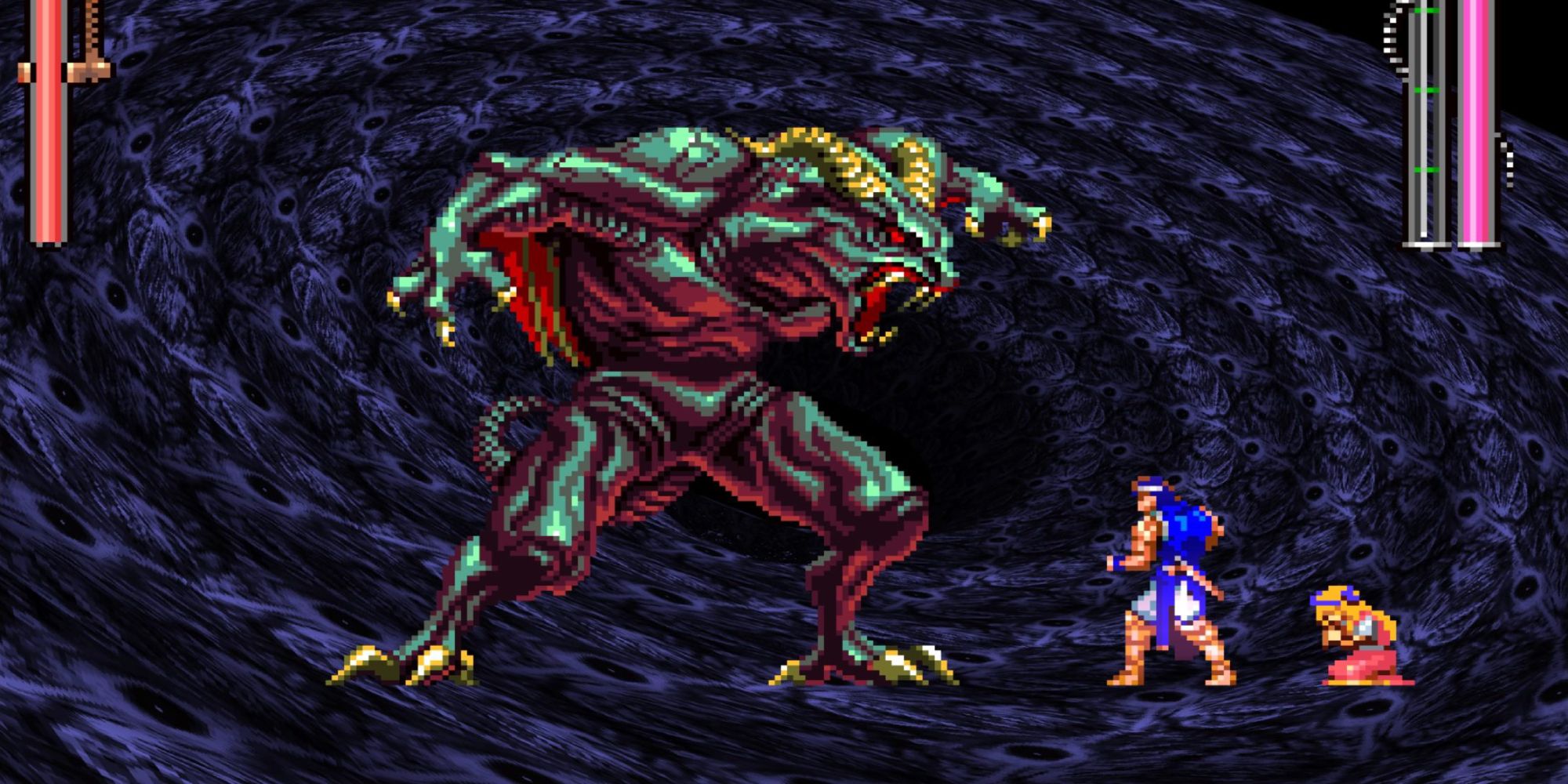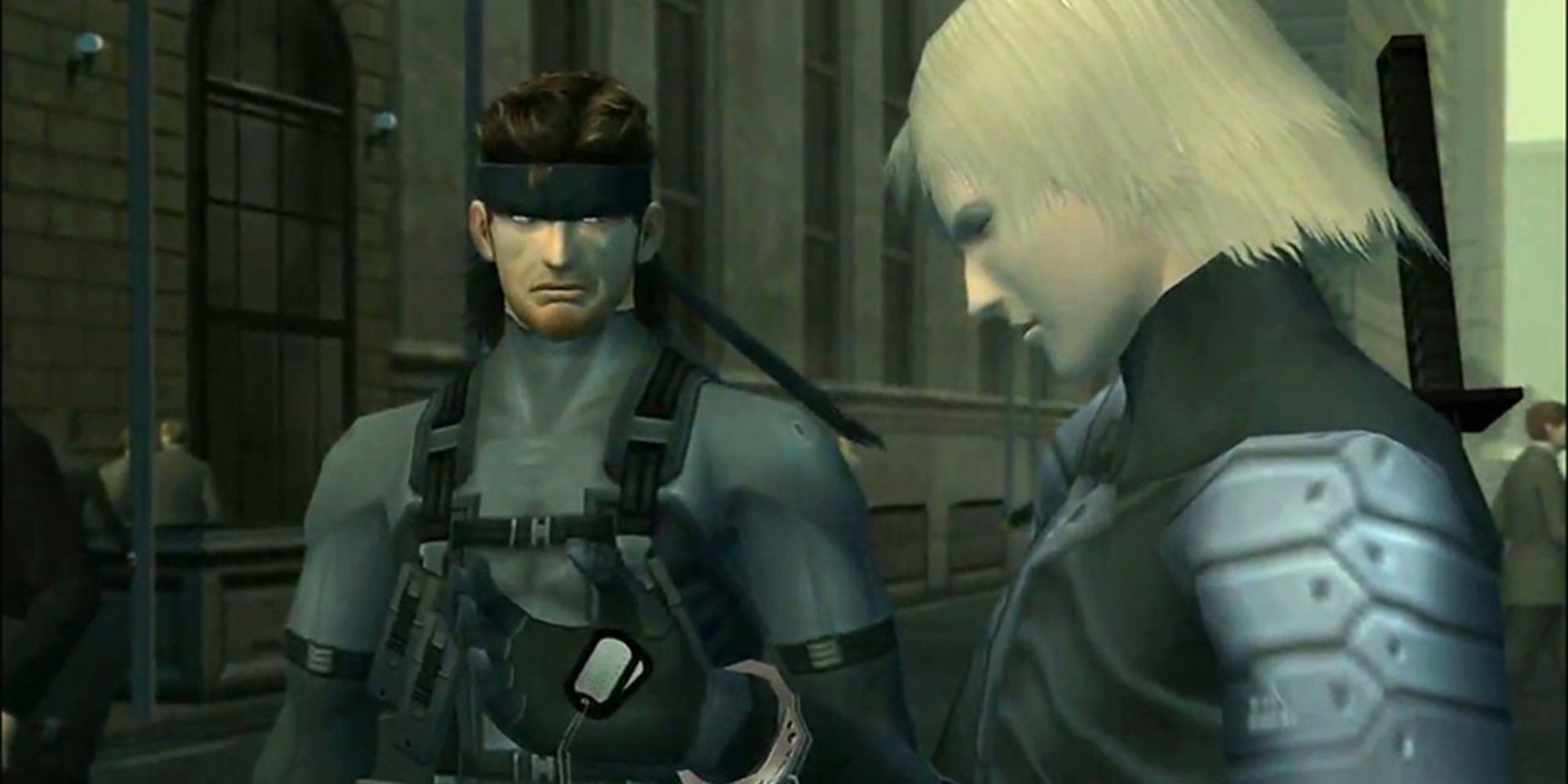Most of the time, it’s clear from the start exactly who the protagonist of a game is. If they’re on the front of the box or on all the artwork on the store page, it’s a safe bet that’s who the player gets to be for the entire game.
However, some games open in a way that subverts this. The player loads up the game and finds themselves playing as someone completely different. These decoy protagonists tend to stick around long enough to provide an alternative perspective on events before they’re shuffled away and replaced by the real protagonist for the rest of the game.
7 Final Fantasy XII
Final Fantasy XII opens with the invasion of Dalmasca by the Archadian Empire, and Prince Rasler is killed as the Empire wish to install a new king on the throne. This immediately puts the player into the shoes of Reks, a young knight who heads to throne room to stop the villains succeeding in their plan. However, he is swiftly killed in his attempt, and the game skips to two years later and puts the player in control of his younger brother, Vaan.
However, even though Vaan is the player character for much of the game, he too can be classified as a decoy protagonist. He mostly tags along with Princess Ashe, the wife of the murdered prince, and Basch, whose brother helped orchestrate the coup. The other two characters are much more central to the game’s central conflict.
6 The Last of Us
Anyone paying attention to the marketing of The Last of Us prior to release may have been surprised to see that the game doesn’t start with the player in control of either Joel or Ellie. Instead, Joel’s daughter Sarah takes the lead role, as she searches her home in the dark for her missing father as the Cordyceps outbreak first occurs.
It might be clear that Sarah’s presence will not be a long-lasting one, and sure enough, the chaos of the outbreak ultimately leads to her being shuffled into a car by her father and uncle, getting into an accident and eventually shot by a soldier. This incident is integral to who Joel becomes for the rest of the game. Getting to see this event from Sarah’s perspective allows players to connect with the characters, and better empathize with Joel’s loss.
5 Fatal Frame: Mask of the Lunar Eclipse
Fatal Frame’s fourth game has multiple protagonists, but one of them is a decoy who barely plays much of a role in the game’s events. The opening chapter of the game places the player in control of Madoka Tsukimori, a young girl who has returned to the island with her friend Misaki as they seek answers to events in their childhood.
However, upon encountering a mysterious camera, Madoka is quickly attacked by violent ghosts. While she manages to use the camera to defeat the first one who appears, she soon finds herself overwhelmed by a small group of them, and succumbs to their malice. She shows up as a boss fight for true protagonist Ruka Minasaki one chapter later, and barely gets mentioned again for the rest of the game.
4 Star Fox Adventures
The cover art for Star Fox Adventures suggests a game with two protagonists. The first of these is Fox McCloud, heroic lead of the Star Fox franchise, while the second is a new character, Krystal. Sure enough, players start the game as Krystal, as she uncovers secrets in an ancient ruin while using a staff and some cool powers. However, she’s quickly captured and sealed in a crystal, switching attention over to Fox.
Sadly, this is the last the player will get to play of Krystal. Fox takes over for the rest of the game, instead of the back and forth switch it appears the game is setting up. It was a largely unpopular decision due to the good impression Krystal left on players, so she would eventually gain a larger role in future Star Fox titles.
3 Castlevania: Symphony of the Night
Castlevania: Symphony of the Night is a direct sequel to Rondo of Blood. The game opens with the player in control of that game’s protagonist, Richter Belmont. This appears to be setting up more adventures with Richter, but the game immediately places the player in a battle against Dracula, normally reserved for the end of the game.
After defeating him, it becomes clear that this is merely a prologue reflecting the end of Rondo of Blood for players who missed the previous game. It’s a playable recap of the previous game’s final boss that leads to a time skip which replaces Richter with Alucard, Dracula’s son, who has his own agenda against his father. Effectively, Richter’s role as a decoy protagonist is designed to hand the torch over to this game’s new playable character and get new players up to scratch on what came before.
2 Assassin’s Creed III
Each Assassin’s Creed game presents the player with a new protagonist, each one a different face in a different time fighting against the Templars. The first game had Altair, the second had Ezio, and all the marketing showed the third game featuring a Native American protagonist named Connor. Imagine the surprise when players booted up the game for the first time and instead found themselves in control of an Englishman named Haytham Kenway.
Haytham sticks around for a while too, taking the lead for three of the game’s nine chapters (or “sequences,” as Assassin’s Creed typically calls them), much longer than many players were expecting. He later becomes a major antagonist for the rest of the game after a twist that shifts the player to the true protagonist, Connor.
1 Metal Gear Solid 2
Metal Gear Solid 2 is an interesting example of a decoy protagonist because, unlike other examples here, the decoy isn’t a surprise character found at the start of the game. Instead, the surprise comes later as the expected lead character turns out to be the decoy. After the success of Metal Gear Solid on PS1, players were eager to play as Solid Snake again, and that’s what much of the marketing leading up to the sequel indicated they were getting.
Until Snake comes to the end of the Tanker mission fairly early in the game, and control switches to an unknown character named Raiden. Despite expectations that they would switch back to Snake again, players found they were playing as Raiden for the rest of the game. This was initially an unpopular decision due to Raiden’s characterization as someone not as cool as Snake, but it’s a decision that’s looked back on fondly as a clever subversion and an example of Hideo Kojima’s genius. Raiden himself would also be redeemed by later becoming a cyborg ninja and fronting the excellent Metal Gear Rising.

